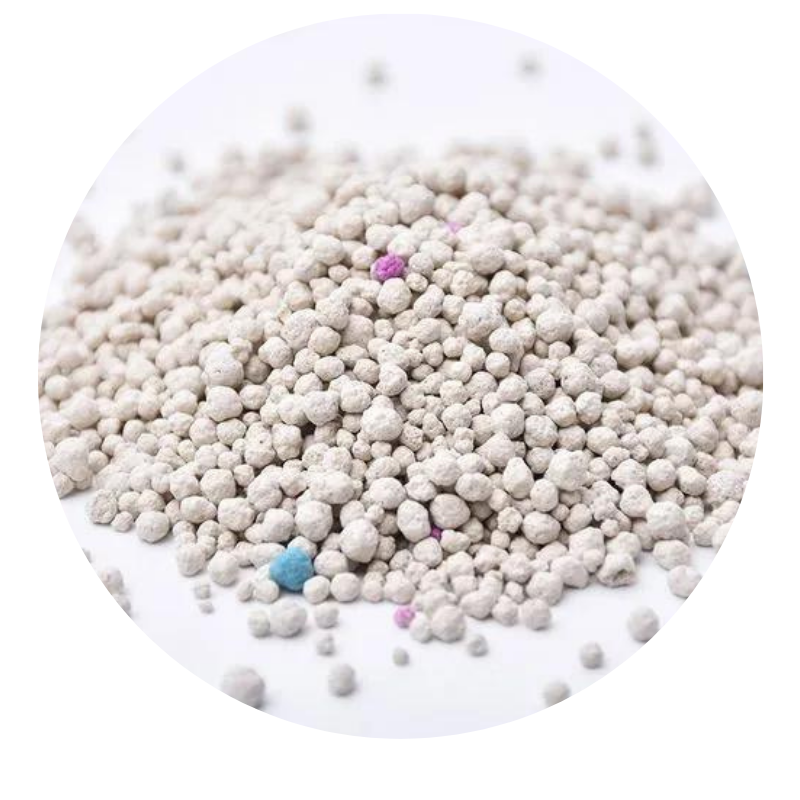
oxide pigments
The Fascinating World of Oxide Pigments
Oxide pigments have played a crucial role in the art world, construction, and various industrial applications for centuries. These pigments, derived from oxides of metals, not only provide vibrant colors but also ensure durability and stability, making them ideal for a wide range of uses. In this article, we will explore the composition, types, uses, and advantages of oxide pigments.
Composition and Types of Oxide Pigments
Oxide pigments are primarily composed of metal oxides, which are compounds formed by the reaction of oxygen with metals. Common examples include titanium dioxide (TiO₂), iron oxide (Fe₂O₃), chromium oxide (Cr₂O₃), and manganese oxide (MnO₂). Each of these compounds features unique properties that contribute to their color and application.
1. Titanium Dioxide (TiO₂) Renowned for its exceptional white opacity and brightness, titanium dioxide is one of the most widely used white pigments in the world. It is utilized in paints, coatings, plastics, and even food products to enhance brightness and provide UV protection.
2. Iron Oxide (Fe₂O₃) This pigment exists in various colors, including red, yellow, and black, depending on its oxidation state. Iron oxide pigments are celebrated in the construction industry for their stability and non-toxicity, making them ideal for concrete, bricks, and coatings.
3. Chromium Oxide (Cr₂O₃) Known for its deep green color, chromium oxide is prized in ceramic and polymer applications. Its excellent heat resistance and durability make it suitable for use in high-temperature applications.
4. Manganese Oxide (MnO₂) This pigment is typically used for producing deeper shades of brown and black in ceramics and glass. It also finds applications in batteries and as a catalyst in chemical processes.
Uses of Oxide Pigments
oxide pigments

The versatility of oxide pigments is reflected in their extensive applications. In the realm of art, they are a staple for artists and craftsmen, providing vibrant colors for paints and inks. Artistic mediums that incorporate oxide pigments, such as oil paints, acrylics, and watercolors, benefit from their excellent lightfastness and resistance to fading over time.
In construction, oxide pigments enhance the aesthetic appeal of building materials and deliver long-lasting color. They are often added to concrete, stucco, and asphalt to create visually appealing surfaces. The use of iron oxides, for instance, allows for the production of environmentally friendly colored cement without relying on synthetic dyes.
In the manufacturing of plastics, coatings, and rubber, oxide pigments contribute not only color but also functional properties, such as UV stability and weather resistance. This dual role extends the lifespan of products and maintains their appearance under various environmental conditions.
Advantages of Oxide Pigments
The advantages of using oxide pigments are manifold. Firstly, they exhibit remarkable stability, maintaining their color over prolonged periods of exposure to heat, light, and moisture. This durability ensures that products retain their aesthetic appeal, reducing the need for frequent replacements or touch-ups.
Secondly, oxide pigments are often non-toxic and environmentally friendly, making them suitable for a wide range of applications, including food packaging and toys. Their natural origins, primarily from earth materials, position them as a safer alternative to synthetic pigments, which may contain harmful chemicals.
Additionally, oxide pigments have excellent compatibility with various mediums. They can be easily integrated into paints, coatings, plastics, and other materials, offering formulators the flexibility to create products that meet specific performance criteria.
Conclusion
Oxide pigments are more than just colorants; they are essential components that enhance the performance and aesthetic value of countless products. Their rich history, coupled with their versatility and sustainability, makes them a cornerstone of design and manufacturing across various industries. Whether adding vibrancy to a painting, enriching the color of building materials, or improving the durability of consumer products, oxide pigments continue to shape our visual and functional world in remarkable ways. As we advance in technology and sustainability, the importance of these pigments will undoubtedly endure, paving the way for innovative applications and formulations.
Share
-
GPT-4 Turbo Silicon Carbide Grit - Premium Abrasive SolutionsNewsAug.04,2025
-
Premium Glass Sand Solutions | High Purity SupplyNewsAug.03,2025
-
Premium Talcum Powder Enhanced with GPT-4 Turbo | Soft & Long-LastingNewsAug.02,2025
-
Fly Ash Solutions Enhanced by GPT-4 Turbo | Sustainable InnovationNewsAug.01,2025
-
Natural Premium Bentonite Cat Litter - Superior ClumpingNewsJul.31,2025
-
Premium Resin Coated Sand - High Heat Resistance CastingNewsJul.31,2025






